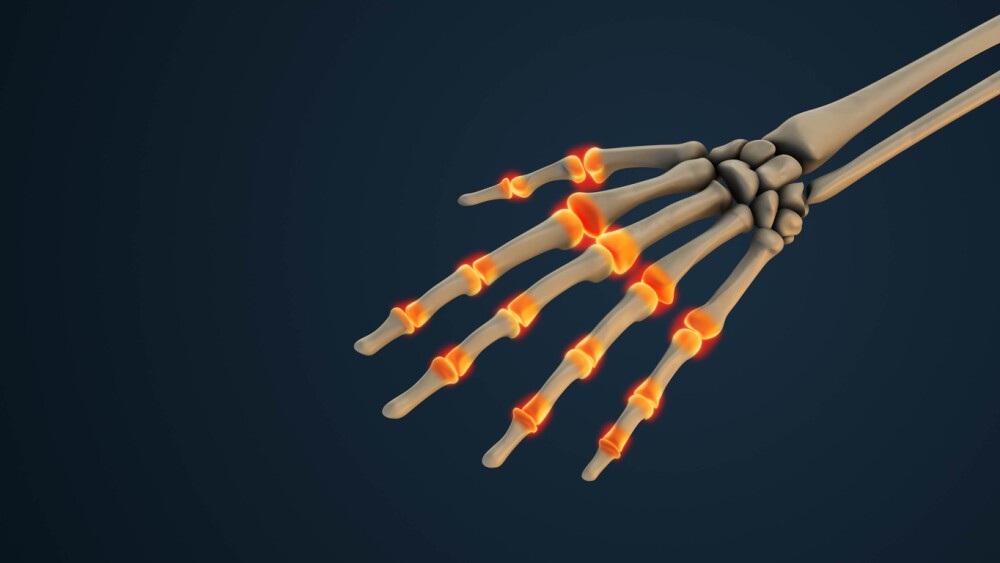Every week there are numerous scientific studies published. Here’s a look at some of the more interesting ones.
Every week there are numerous scientific studies published. Here’s a look at some of the more interesting ones.
COVID-19: Quantifying Transmissibility
Currently, most evidence points to SARS-CoV-2, the virus that causes COVID-19, spreading mostly through respiratory droplets, the small liquid particles from a sneeze or cough. Some evidence is growing that under specific circumstances, the viral particles can be “aerosolized,” meaning it can carry over air currents for longer distances and stay suspended for longer periods. This has been suspected for months, but the data just wasn’t there, although now researchers out of Colorado State University in the departments of Mechanical Engineering and Energy, Environment and Health, have developed a way of quantifying the dynamics of viral aerosols.
Speaking of COVID-19, Tami Bond, professor in the Department of Mechanical Engineering, said, “It quickly became clear there was some airborne component of transmission. A virus is an aerosol. Health-wise, they are different than other aerosols like pollution, but physically, they are not. They float in the air, and their movement depends on their size.”
The metric they developed is called Effective Rebreathed Volume, which means the amount of virus particles exhaled from one person that, by the time it travels to another person, contains the same number of particles. Not surprisingly, they found that even distancing six feet indoors had limited effects at preventing transmission, but their data was able to quantify it and compare it to other risks that people find acceptable. They say that some of their responses fall into the category of “stuff you already know, but with numbers,” according to Bond. “People are now thinking, OK, more ventilation is better, or remaining outside is better, but there is not a lot of quantification and numbers behind those recommendations.”
Dozens of Genes ID’ed that Block Neuron Regeneration
Investigators at Yale School of Medicine, screening 400 mouse genes, identified 40 that are actively involved in suppressing axon regeneration in central nervous system cells. By editing one of those genes, they restored axons in ocular nerves of mice damaged by glaucoma. Of those genes one in 10 had direct in vivo impact on axon regeneration on CNS cells. One of the genes that they edited out encoded for an immune system regulator called interleukin-22. By eliminating that gene, they altered the expression of many neuronal regeneration genes, which allowed increased axon regeneration in the glaucoma mouse models. They plan to continue evaluating the genes to see if they might affect the repair of neurons damaged by stroke, traumatic brain and spinal cord injuries.
Smartphone App for Identifying Glaucoma
Glaucoma is caused by increased intraocular pressure and can lead to blindness. It is painless and basically symptomless, identified by a specific test by eye doctors. Easily treatable with eye drops, there is no cure. Researchers at the University of Birmingham carried out experiments using soundwaves and an eye model. They identified a relationship between the internal pressure and its acoustic reflection coefficient. They believe they can develop a smartphone app to accurately measure intraocular pressure as a simple test and monitor for glaucoma.
New Method to Regrow Cartilage in the Joints
Researchers at the Stanford University School of Medicine found a way to regenerate, in both mice and human tissue, the cartilage found in joints. Articular cartilage and loss of it is associated with joint pain and arthritis. The research team developed a method of regrowing articular cartilage by first causing slight injury to the joint, then stimulating the growth of skeletal stem cells using chemical signals as the injuries heal. They published their research in Nature Medicine. Although a long way from being tested in human clinical trials, they suspect if all goes well in animal trials they would evaluate it in smaller joints such as for people with arthritis in their fingers and toes.
“Right now,” says Matthew Murphy, a visiting researcher at Stanford now at the University of Manchester, “one of the most common surgeries for arthritis in the fingers is to have the bone at the base of the thumb taken out. In such cases we might try this to save the joint, and if it doesn’t work we just take out the bone as we would have anyway. There’s a big potential for improvement, and the downside is that we would be back to where we were before.”
New Signaling Pathway Identified in Neurons
Investigators with the University of Wurzburg identified a new signaling pathway that prevents the overproduction of snRNPs when they’re not needed. The snRNPs, which are RNA-protein complexes, are produced and deposited in the nerve cells in people affected by certain types of neurodegenerative diseases, such as certain types of senile dementia or amyotrophic lateral sclerosis (ALS). The overproduction might be caused by malfunctioning protein complex assembly. The next step is to determine how the synthesis and degradation of excess snRNPs are regulated in nerve cells, which they hope will lead to new therapeutic targets for neurodegenerative diseases.
Key to COVID-19 Lethality Appears to Be Our Immune Response
Scientists at the Earlham Institute (EI) and the Quadram Institute analyzed cytokine responses from COVID-19 patients and others with similar common respiratory viruses. They found striking differences in how SARS-CoV-2, the virus that causes COVID-19, affects cytokines compared to other common respiratory viruses. The focus was on the cytokine storm, a hyper-stimulation of our own immune system, which has been associated with the high death rate in a subgroup of COVID-19 patients. They analyzed more than 5,000 scientific studies evaluating immune responses and found that SARS-CoV-2 tended to stop the rise of certain cytokines in specific patients compared to other similar viruses. COVID-19 cases can be similar to both influenza and previous coronavirus outbreaks, such as SARS-CoV and MERS-CoV, they found specific immune mechanisms with SARS-CoV-2 that made COVID-19 particularly dangerous.
“For a subgroup of patients, when infected by these viruses, a real danger is posed by the immune system overreacting,” said Marton Olbei, project lead PhD student in the Korcmaros Group at the University of Birmingham. “We’re drawing out which specific parts of our immune system react in a potentially harmful way to these viruses.”





